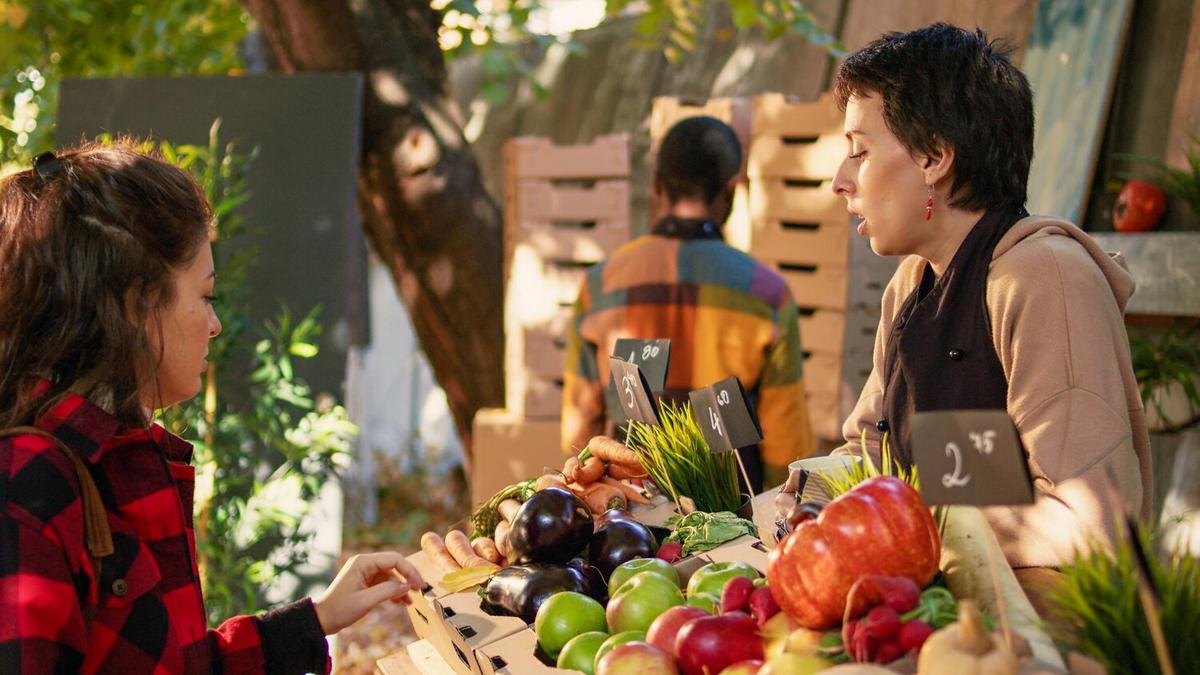As awareness around sustainable eating grows, local food markets have become a beacon for communities seeking fresher, more eco-friendly options. These markets are not only reshaping our food consumption habits but also reinvigorating local economies and fostering a deeper connection between producers and consumers.
The Growth of Local Food Markets
Local food markets have seen a significant rise in popularity over the past decade. According to a report by the USDA, the number of farmers’ markets in the United States has increased by nearly 200% since 2000. This surge reflects a growing consumer interest in sustainable and locally sourced food options.
“Local markets provide a unique opportunity for consumers to engage directly with those who grow their food,” notes Michael Pollan, a renowned advocate of sustainable food systems.
Benefits of Local Food Markets
- Freshness and Quality: Local produce often reaches the market within hours of being harvested, ensuring peak freshness and taste.
- Environmental Impact: Reducing the distance food travels helps lower carbon emissions, making local markets a more eco-friendly option.
- Economic Support: By buying locally, consumers support small-scale farmers and contribute to the local economy.
- Community Engagement: Markets create spaces for community interaction and education about sustainable practices.
Challenges Faced by Local Food Markets
- Seasonal Limitations: Availability of certain products can vary significantly with the seasons, which may require consumers to adjust their purchasing habits.
- Price Points: Local produce can sometimes be more expensive than supermarket options, posing a challenge for budget-conscious buyers.
- Accessibility: Not all communities have easy access to local markets, which can limit their reach and impact.
Personal Experiences and Examples
One resident of Portland, Oregon, shares how local markets have transformed her shopping habits: “I’ve started planning my meals around what’s available at the market. It’s not just about buying groceries; it’s about being part of a community.”
Actionable Tips for Supporting Local Markets
- Plan your meals around seasonal produce to maximize freshness and variety.
- Engage with vendors to learn more about their farming practices and support those who align with sustainable values.
- Incorporate visits to local markets into your regular shopping routine to foster a habit of sustainable consumption.
Comparison of Supermarkets and Local Food Markets
| Supermarkets | Local Food Markets | |
|---|---|---|
| Availability | Year-round | Seasonal |
| Product Variety | High | Varies |
| Environmental Impact | Higher carbon footprint | Lower carbon footprint |
| Price | Generally lower | Potentially higher |
| Community Connection | Limited | Strong |
| Quality | Variable | Often higher |
| Support for Local Economy | Minimal | Significant |
| Consumer Experience | Convenient | Interactive |
Frequently Asked Questions
Are local food markets more expensive?
While some items may be pricier, the quality and freshness often justify the cost. Additionally, seasonal produce can be competitively priced.
How can I find a local food market near me?
Websites like LocalHarvest.org provide directories of farmers’ markets and local food producers in your area.
What are the environmental benefits of buying local?
Local purchasing reduces the carbon footprint associated with long-distance transportation and supports sustainable farming practices.
Conclusion
The rise of local food markets offers a promising shift towards more sustainable eating habits. By supporting these markets, consumers can enjoy fresh, high-quality produce while contributing positively to their communities and the environment. So next time you’re planning your grocery list, consider what local markets have to offer—it just might revolutionize the way you eat.




Leave a Reply